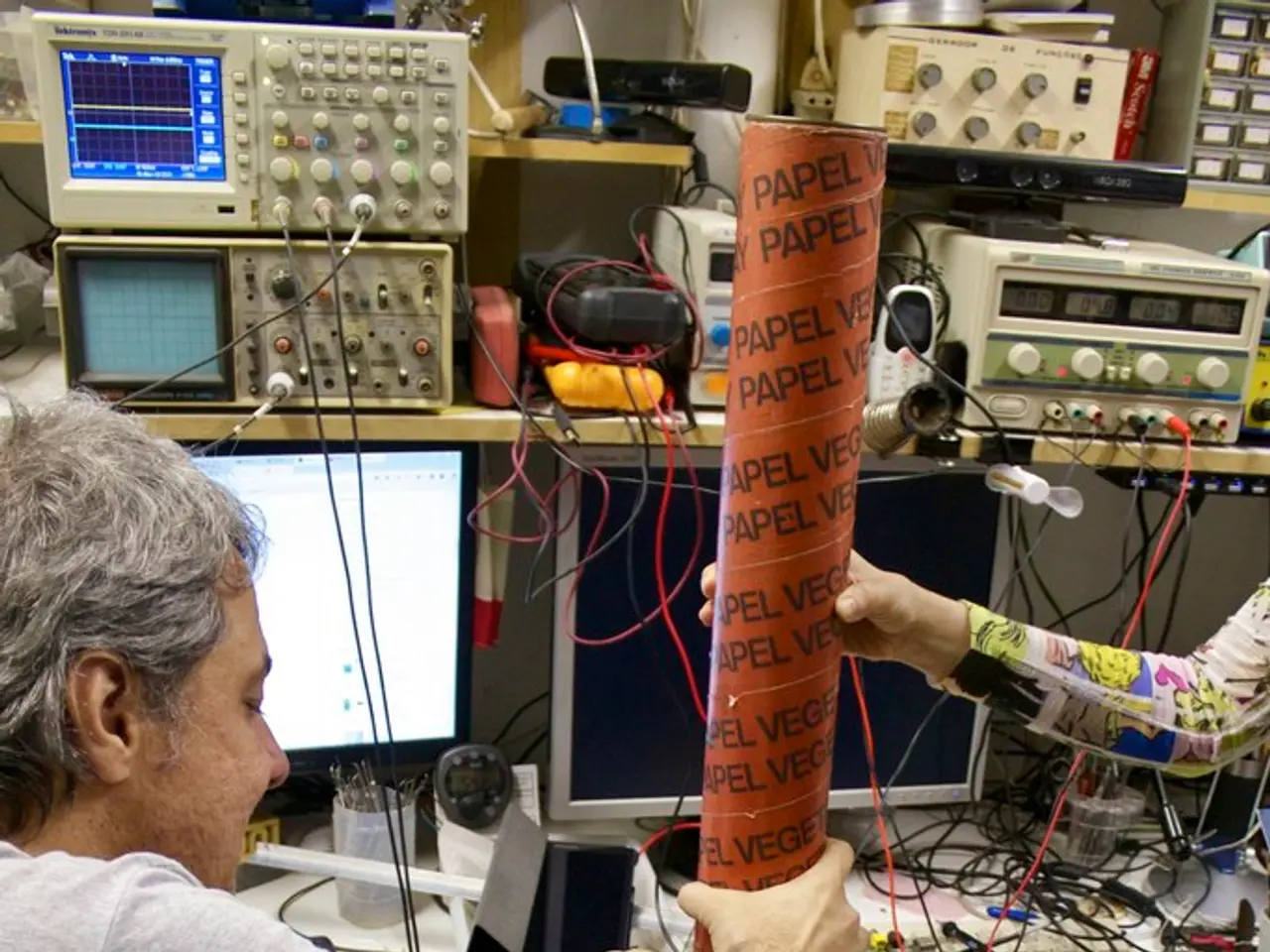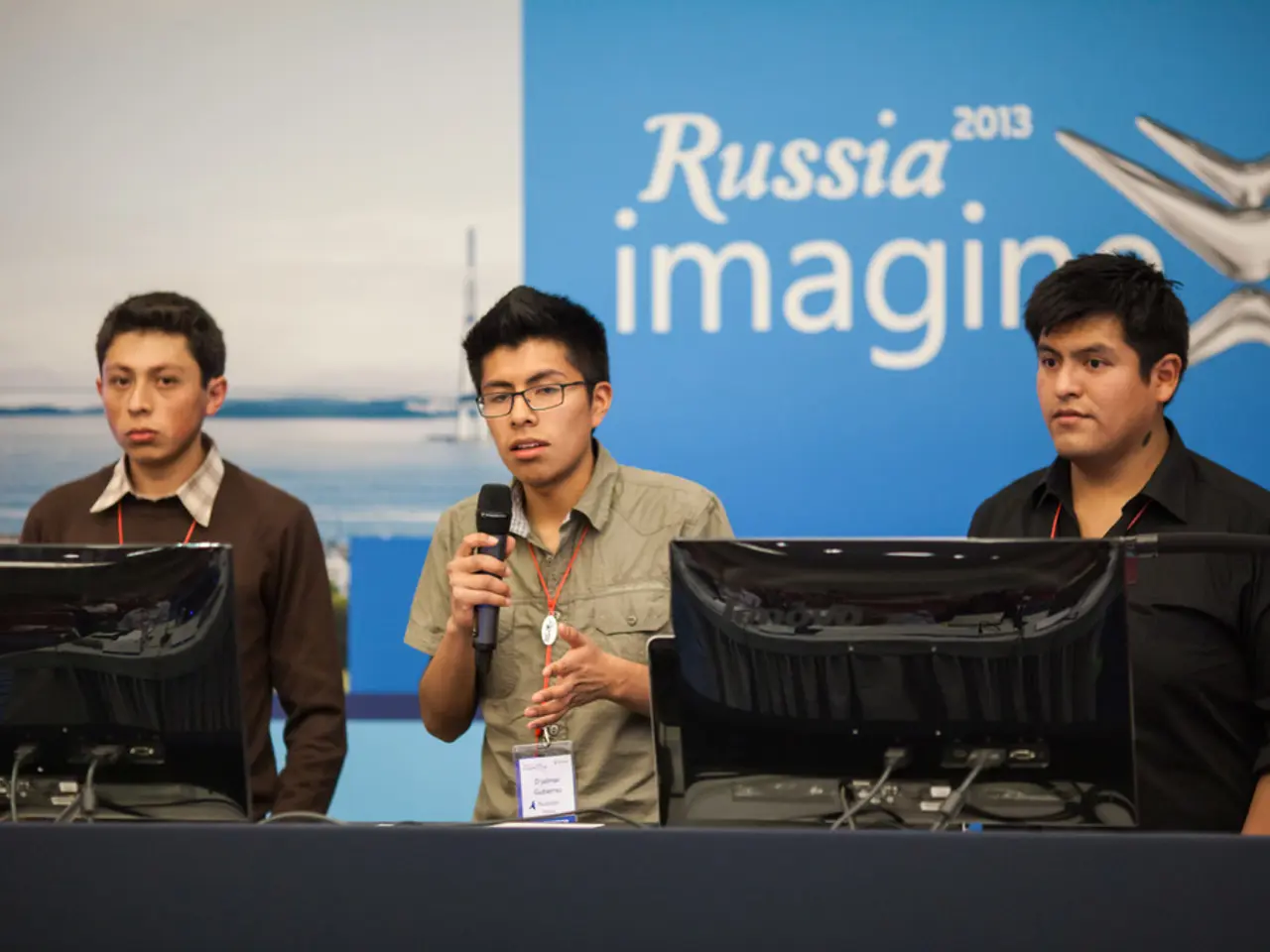Empowering the Future with 3D-Printed Artificial Limbs
Lehigh University’s chapter of Enabling the Future (LU e-Nable) is teaming up with Spanish NGO Ayúdame3D to develop an externally powered, upper limb prosthesis. The collaboration aims to expand options for low-cost, high-functionality prosthetics, leveraging the technical expertise of Lehigh University students and faculty and the practical field experience of Ayúdame3D.
The partnership brings together two organisations with shared values of accessibility, innovation, and open-source design. LU e-Nable is part of a global movement that creates affordable, customizable 3D-printed prosthetic hands for those in need, especially children and underserved populations. Ayúdame3D, based in Spain, provides low-cost, functional prosthetics through innovative design and 3D printing, with a focus on patient fitting and real-world prosthetic application.
Cost reduction through 3D printing and localized production is a key focus of the collaboration. By combining efforts, both groups can optimize prosthetic designs for ease of manufacturing with inexpensive 3D printers. Open-source prosthetic designs are refined to balance cost, durability, and functionality tailored for diverse users. Collaboration helps develop modular prosthetic kits that can be produced and assembled locally, reducing shipping and production expenses globally.
Customization and user-centric design also play a significant role in the project. Joint design improvements integrate cultural and anatomical considerations of different populations. User feedback via Ayúdame3D’s patient network informs designs iteratively for comfort, usability, and aesthetics. Modular electronics and sensors allow adaptability in prosthetics, catering to various amputation levels and activity requirements.
Muscle sensors and electronics are integral to the project, transforming passive prosthetics into active devices that mimic natural hand motions. Muscle sensors detect electrical activity generated by the user’s residual muscles, translating muscle signals into commands to control prosthetic hand movements. Low-cost, commercially available or custom EMG (electromyography) sensors enable effective, intuitive control without expensive medical equipment.
Embedded microcontrollers process signals from muscle sensors in real time. Control algorithms interpret muscle activations to orchestrate finger and grip motions. Power-efficient electronics prolong battery life, enabling all-day use. Modular design of electronics allows easy upgrades and maintenance, lowering long-term costs.
The integration of sensors and electronics significantly enhances the quality of life for users, providing improved dexterity, grip strength, and control. The modular, open-source approach ensures that the electronic components can be adapted and improved by the global maker and medical communities.
This partnership exemplifies how engineering, open-source technology, and humanitarian outreach can converge to deliver cutting-edge prosthetic solutions to those who need them most. The collaboration between LU e-Nable and Ayúdame3D is set to begin testing and refining their design during the 2024-2025 academic year.
- The collaboration between Lehigh University's LU e-Nable chapter and Ayúdame3D will utilize the technical expertise of the university's faculty and students in engineering, with a focus on developing an externally powered, upper limb prosthesis.
- Both organizations, LU e-Nable and Ayúdame3D, have shared values in accessibility, innovation, and open-source design, aiming to expand options for low-cost, high-functionality prosthetics.
- By combining efforts, the partnership will optimize prosthetic designs for ease of manufacturing with inexpensive 3D printers, refining open-source prosthetic designs to balance cost, durability, and functionality tailored for diverse users.
- The collaboration will also incorporate technology in the form of muscle sensors and electronics, transforming passive prosthetics into active devices that mimic natural hand motions, thus enhancing the quality of life for users dealing with medical conditions.




